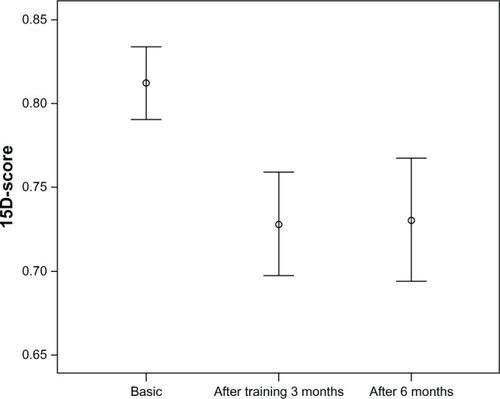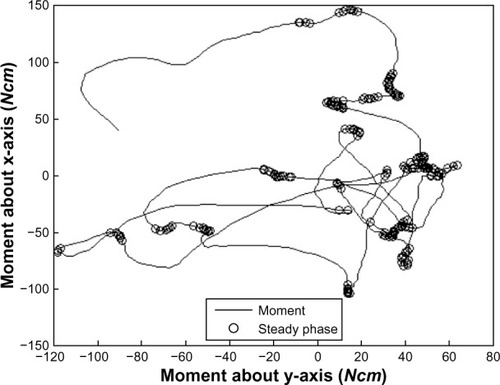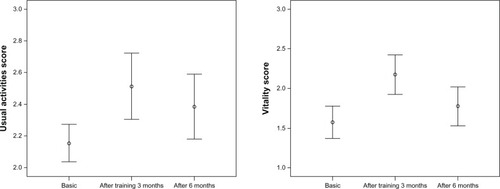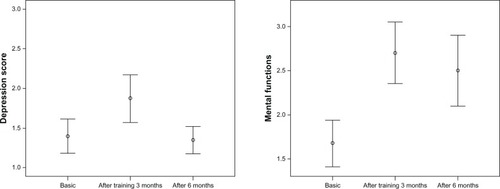Figures & data
Table 1 Characteristics and number of elderly in each exercise training group
Figure 2 Local variation of weight signal provides a measure for quiet and active phases in maintaining posture.
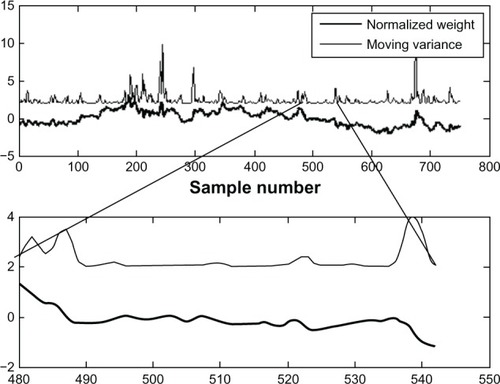
Table 2 Posturography measurements at 3 months from training in the muscle force, self-administered, and balance training groups
Table 3 Falls measured during 3 years of follow-up among participants in the muscle force, self-administered, and balance training groups
Figure 3 Observed falls in different training groups (mean value and standard error of the mean are shown).
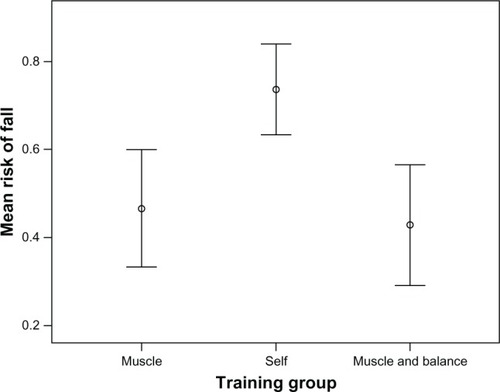
Table 4 General HRQoL in different training groups and at different time points
Figure 4 15D quality of life scores before, immediately after cessation of training, and 6 months from the baseline measurements (mean and 95% confidence intervals are shown).
